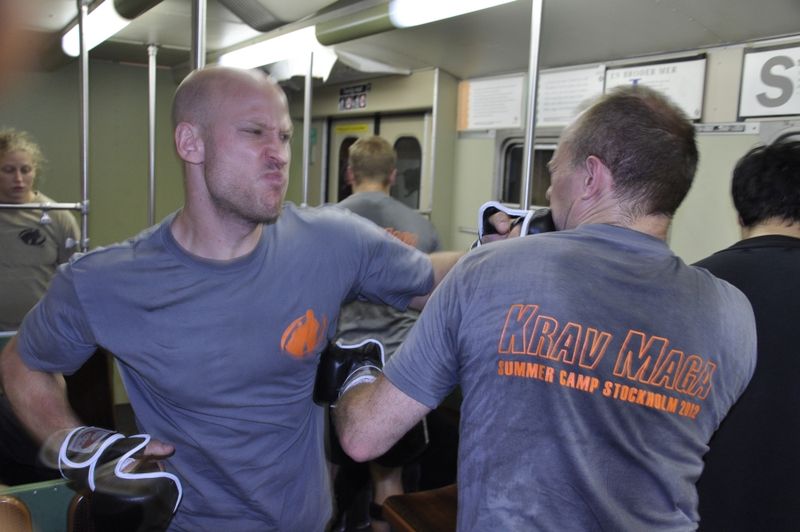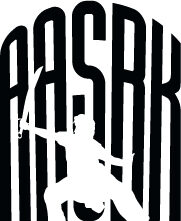When your life is in danger, you don’t simply pray to the gods and hope that your opponent in the streets will be respectful and adhere to the arbitrary rules that most dojos and martial arts employ. This isn’t gonna work on the street, and an attacker might pull a knife or a gun. You might get robbed or even injured and killed.
Enter Krav Maga, a style of fighting that originates from Israel. It is a self defence system developed by the Israeli Defence Forces and Israeli Security Forces. It was founded by Imi Lichtenfeld, an Israeli martial artist who escaped Slovakia in 1940, due to antisemitism. In the 1930s, he realized, however, that traditional martial arts will not cut it on the streets.
In Israel, he joined the military and started Krav Maga.
This is where Krav Maga starts, but there is a lot more for a student of Krav Maga to be aware of.

The Key Principles of Krav Maga
Defence starts somewhere, and that is awareness. You always have to be aware of your surroundings and to be present. This will not be possible if you are always looking at your phone or other devices which distract you from real life. Awareness is the first step to take if you want to have an edge in any combat situation.
Offence is the second principle of Krav Maga. Even though you might be attacked and put on the back foot, the situation should be turned around so that you are on the offence. You need to simultaneously defend and attack, thus turning your defensive situation into an offensive one.
The third principle of Krav Maga is realism. No flowery moves are allowed, because they might cost you your life. Live practice with safety gear is recommended, to master the moves which you will eventually use. Practicing at live speed is also encouraged.

The Striking and Stances
Krav Maga is trained from a couple of perspectives. The first stance that you learn and train from is the neutral stance, which is how you would normally stand while walking. You are doing your everyday things and are not always on high alert.
The second stance is the guard stance, where you are more prepared for attacks and what is to come, which is used whenever there is imminent danger.
Striking in Krav Maga is efficient and with the purpose to disable the opponent. Straight punches, groin kicks and elbows are basic striking techniques in Krav Maga, taught to all beginners.

It is Not a Martial Art
Krav Maga goes above the philosophy of martial arts and then lands back on the ground, solid ground, where you learn to defend yourself from realistic situations. Krav Maga should be learned in a controlled environment, however and simply finding ways to harm your opponent is not Krav Maga.
While not a martial art, Krav Maga is not without principles and a code, which you should learn. The first thing beginners should know is to find a good Krav Maga teacher and an environment where they will practice. A safe environment should be used to practice and learn the basics, as they are always the most important things. Krav Maga, like learning anything, is an ongoing process that should be repeated daily, if possible.
Krav Maga is difficult enough and beginners should know more about it, which they now hopefully do.

